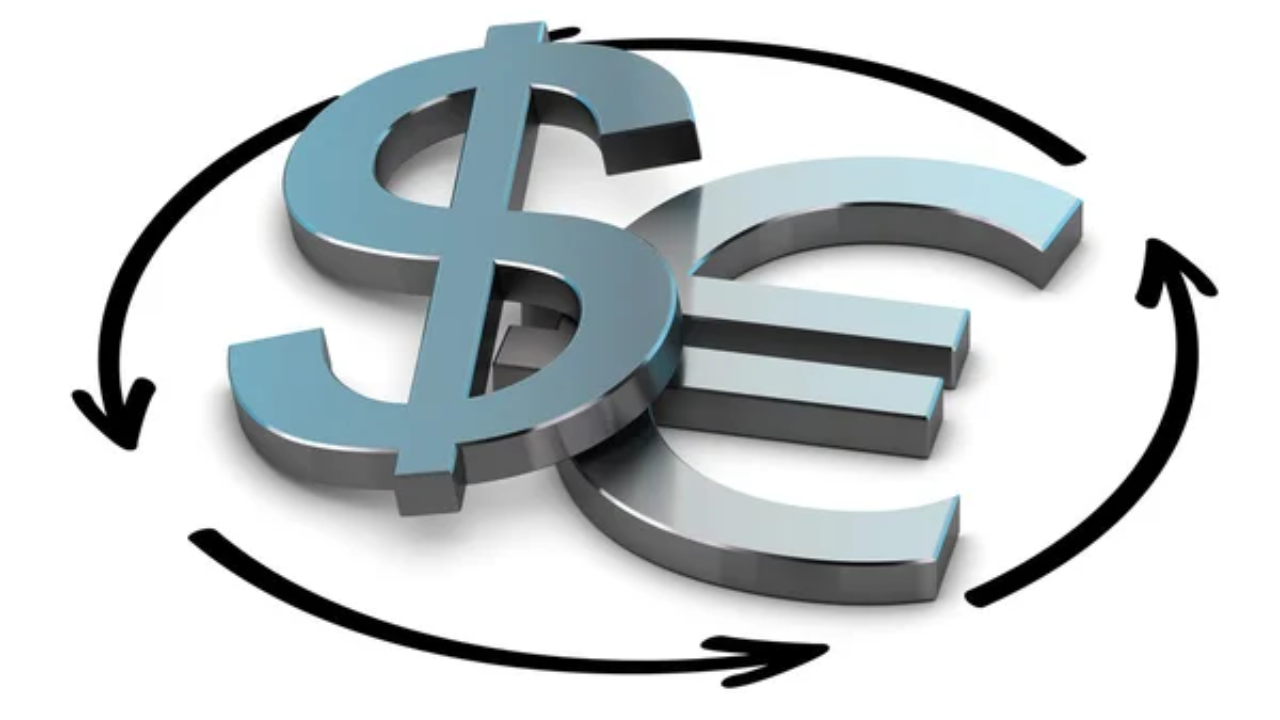
By: Payel
Published on: May 30, 2025
The EUR/USD currency pair slipped modestly to the mid-1.1300s on Friday Asia trading, losing some of the momentum generated by Thursday’s bounce off the 1.1200 support zone. Investors are now bracing for the US Personal Consumption Expenditures (PCE) Price Index release, the Fed’s preferred inflation gauge, and positioning ahead of next week’s European Central Bank (ECB) policy meeting. In this comprehensive analysis, we unpack the technical backdrop, examine the fundamental drivers behind recent moves, and explore what traders should watch in the hours and days ahead to stay ahead in the world’s most liquid FX market.
On Thursday, EUR/USD rebounded strongly from a one-and-a-half-week low around 1.1200, erasing nearly half of the losses suffered earlier in the week. However, the relief rally lost steam into Friday’s Asian session, with spot quotes drifting down about 0.15% to hover around 1.1330. The pair’s inability to hold above the 1.1350–1.1370 resistance zone reflects mixed market sentiment, as dollar dip-buyers step back in amid renewed safe-haven flows triggered by a US trade-tariff reinstatement .
Key cross-currency moves accompanying this EUR/USD slide include:
Momentum oscillators such as the Relative Strength Index (RSI) have turned lower from overbought territory, signaling a loss of short-term upside steam. Nevertheless, the longer-term trend remains intact above the rising 20- and 50-day moving averages, suggesting that dips toward 1.1300–1.1280 could once again attract buyers. Chart patterns point to a neutral bias between 1.1300 and 1.1380, with a decisive break beyond either level required to trigger a larger directional move .
European fundamentals remain mixed: April German retail sales growth of 2.3% year-on-year slightly exceeded the 1.8% consensus, offering limited support to the euro amid broader eurozone disinflation pressures and tepid business surveys. Markets are digesting regional inflation data, including harmonized CPI readings due Friday morning, which could underscore the ECB’s dilemma between growth and price stability.
On the trade front, President Trump’s delay in imposing proposed 50% tariffs on EU imports until early July has been a modest tailwind for EUR/USD, reducing near-term downside risks. However, a US federal appeals court's decision to stay a separate trade-tariff injunction late Thursday rekindled safe-haven demand for the dollar, putting a cap on the euro’s gains .
All eyes are now on Friday’s release of the US PCE Price Index, scheduled for 8:30 am ET (18:00 GMT). Investors expect headline PCE inflation to moderate slightly to 4.1% year-on-year (from 4.2%), with the core PCE gauge (excluding food and energy) seen steady at 3.6%.
While the PCE report is the immediate focus, medium-term Fed expectations hinge on labor market data, upcoming Jackson Hole remarks, and U.S. debt ceiling negotiations. Despite persistent fiscal concerns, the Fed delivered a relatively dovish message at its May meeting, signaling potential rate cuts next year if growth and inflation slow sustainably.
Attention quickly shifts to the ECB’s June monetary policy meeting next Thursday. Markets are split on whether the ECB will:
ECB President Christine Lagarde’s forward guidance will be crucial; any hawkish tilt could strengthen the euro, while a dovish approach—citing slower growth—would likely weigh on EUR/USD . Traders will also parse updated staff projections (the “dot-plot”) for insight into the ECB’s terminal rate outlook.
Key risk controls include:
EUR/USD’s retreat into the mid-1.1300s underscores the tug-of-war between dollar safe-haven demand and euro support from delayed EU tariffs and firm German retail data. With the US PCE Price Index release poised to set the tone for Fed rate-cut expectations, and the ECB meeting looming next week, traders face a packed calendar that could swing the pair decisively. By combining disciplined technical entries, event-driven option strategies, and vigilant risk management, market participants can navigate the volatility and position effectively for the weeks ahead.
Comments
No comments yet. Be the first to comment!
Leave a Comment